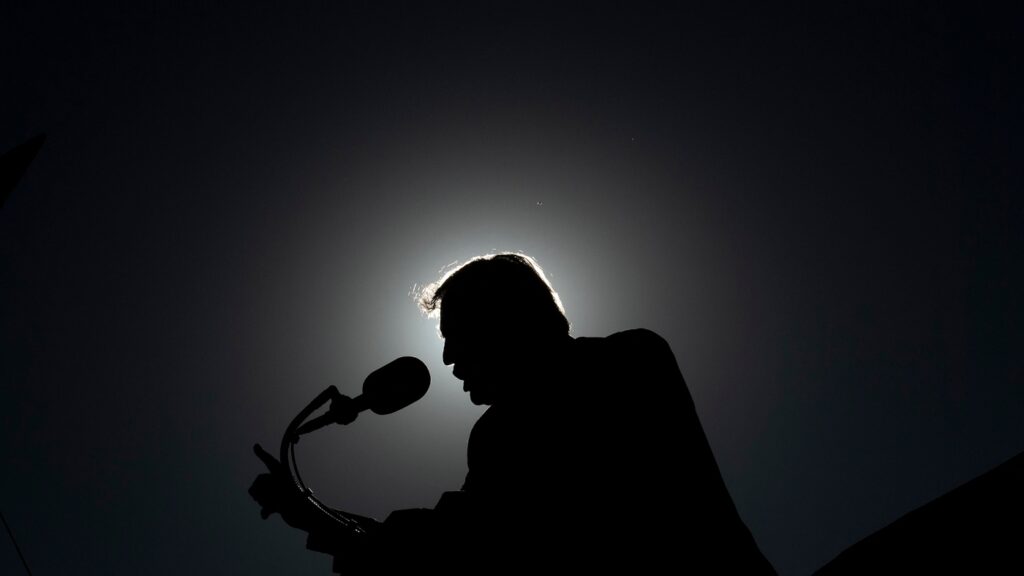The Trump administration has been utilizing emergency powers extensively, with President Trump invoking them more times in his first 100 days in office than any other modern president has done in the same period. These emergency declarations cover a range of issues, including the national border, energy, and economic emergencies. Legal challenges to Trump’s emergency orders are ongoing, and concerns have been raised about the potential impact on the balance of power if the Supreme Court supports the administration’s use of these powers.
Critics argue that some of Trump’s emergency declarations are not immediate emergencies and should be addressed through congressional legislation. The broad scope of emergency powers granted to the president allows for quick actions in times of crisis without congressional approval. However, the lack of a clear definition of what constitutes an emergency creates a system where the president’s discretion plays a significant role.
The pattern of using emergency powers for domestic policy goals rather than immediate crises has raised alarms among constitutional experts. Trump’s reliance on emergency powers to bypass Congress for policy implementation is seen as an overextension of executive power. The legal challenges and pushback against these uses of emergency powers will shape the future boundaries of presidential authority.
Efforts to limit emergency powers through legislation have been hindered, and legal battles over Trump’s emergency declarations, particularly regarding tariffs, are ongoing. The administration is prepared to take these challenges to the Supreme Court, raising concerns about the broader implications for the separation of powers if the president’s authority to declare emergencies is left unchecked by Congress.

